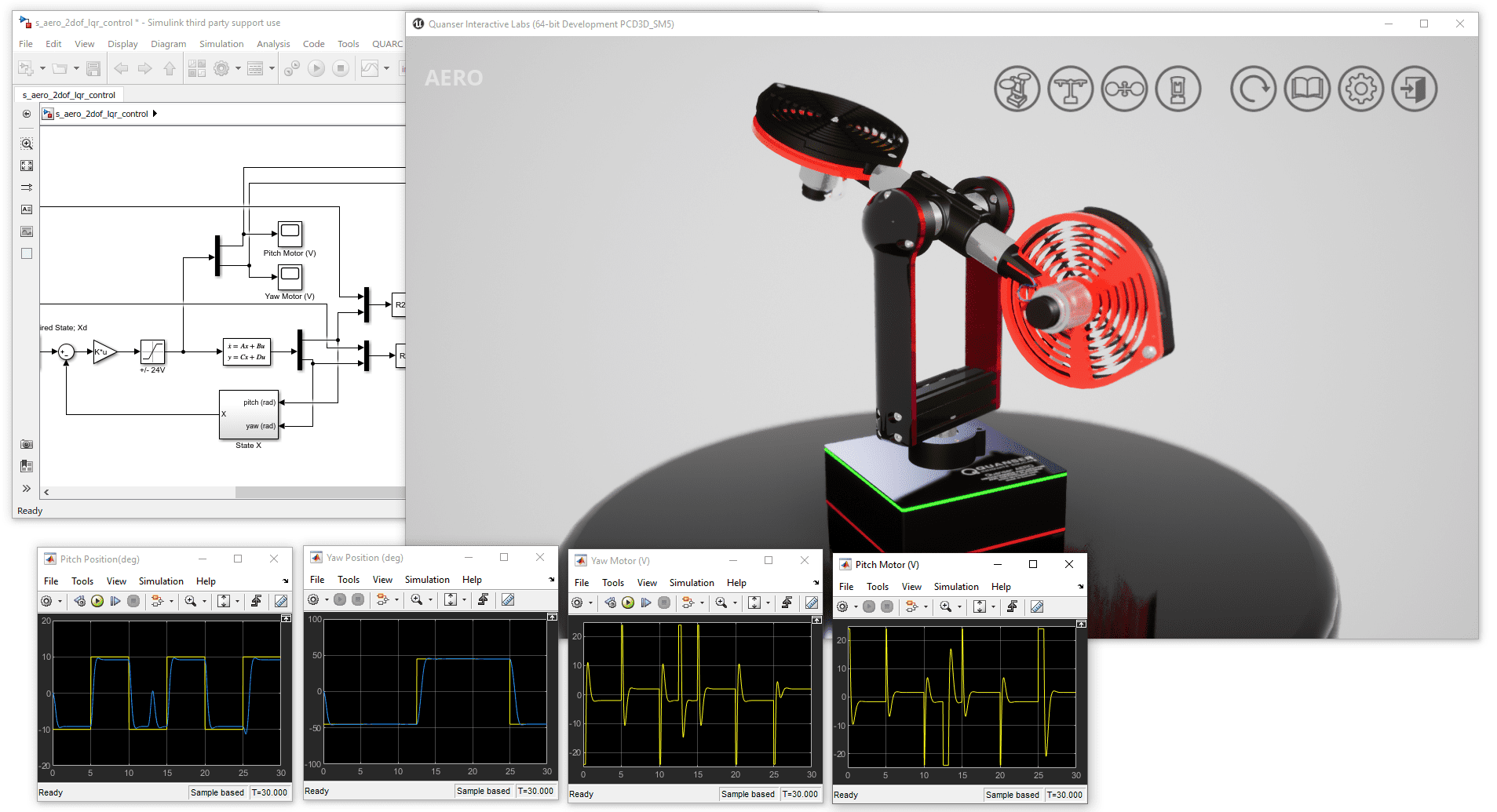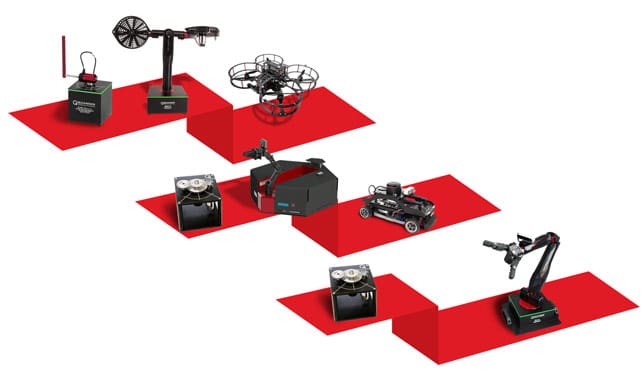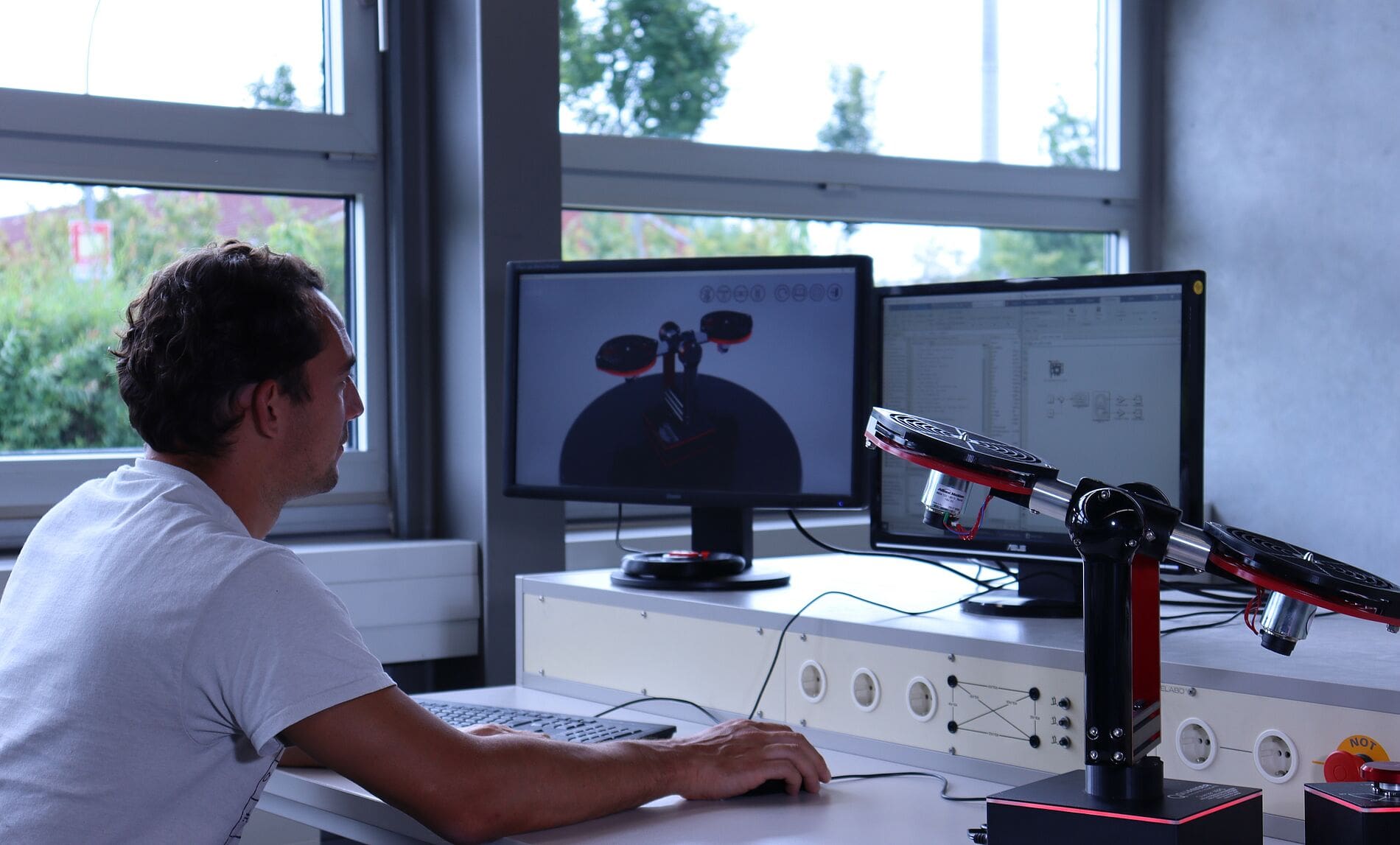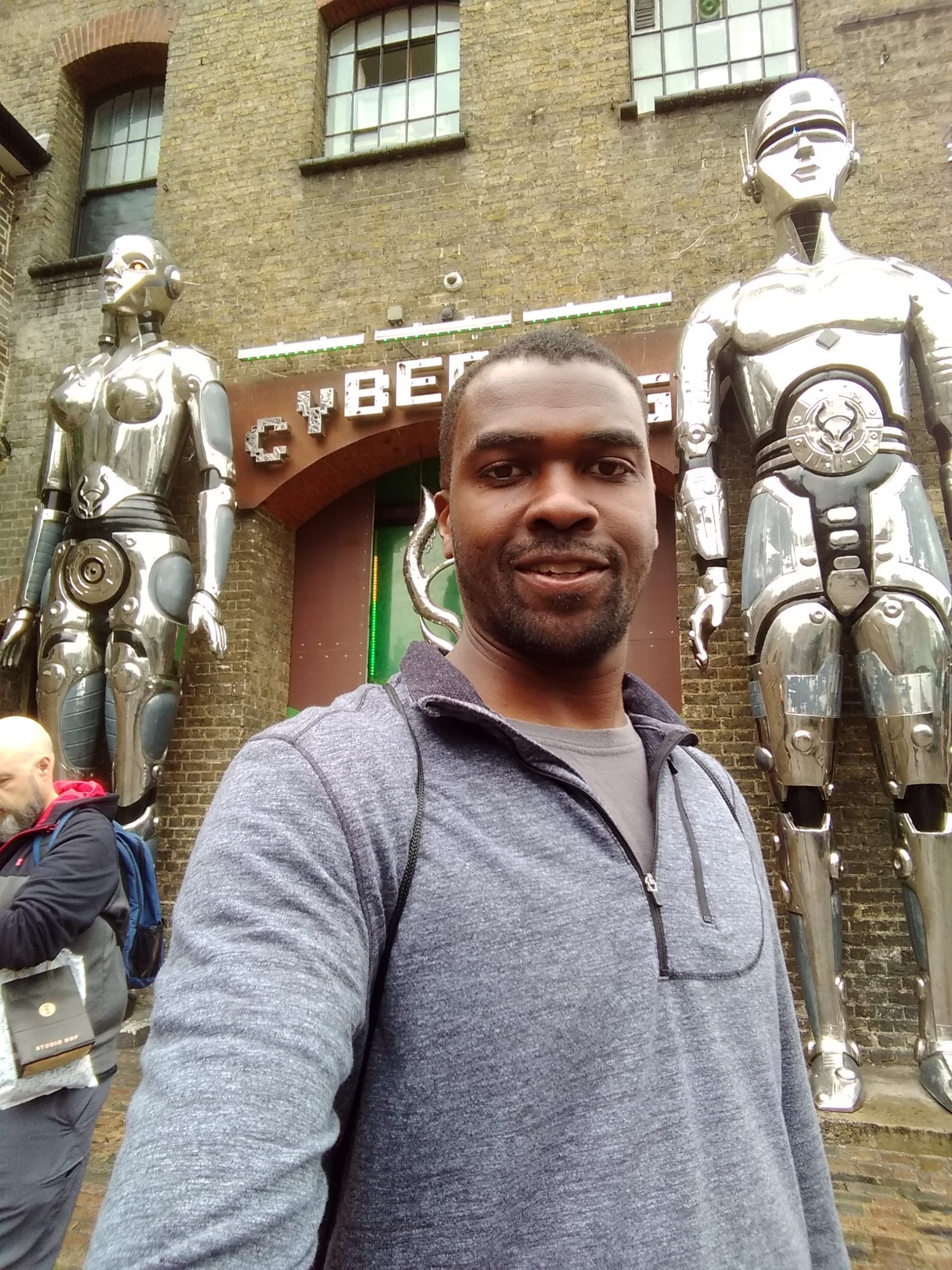
Recently I gave a virtual presentation to the International Federation of Engineering Education Societies (IFEES/GEDC/IUCEE) about our revolutionary virtual product offering, the Quanser QLabs. In this blog I’d like to go over some of the key points of my presentation which highlighted the benefits of a hybrid lab model, one that blends physical and virtual labs.
30 Years of Innovation
For those of you who might not be aware of Quanser, we have focused on the academic market for over 30 years. Our company name is the amalgamation of Question and Answer, and this eludes to the fact that we live and breathe engineering education, mathematics, and science. As a smaller Canadian company, we have presence around the globe with pretty much every engineering granting program using our systems. A big part of our DNA, from our very first servo product to our latest manipulators and drones, is something that we hold close and dear: giving students hands-on experiences with real hardware, allowing them to make a direct connection between theory and practice. That is the essence of what we call The Quanser Approach: we design products that are robust and expandable, open and transparent, fully documented, and academically appropriate. Our customers have come to appreciate and frankly expect fully documented experiences, be it an undergraduate introductory control experiment, or a complex self-driving car application.

Academic and Research Success
Being engineering educators ourselves, we’ve always seen our customers – the professors and academic administrators we work with on a daily basis – as educational partners and have strived to ensure their academic and research success. After all, their success, be it an aha moment for a student or a research breakthrough, is our success. So there is a duality to our existence in the engineering education world. First and foremost a big part of our business focuses on research acceleration, by providing tried and tested open-architecture platforms that allow researchers to push the limits and accelerate their research. The flip side of that is teaching, and not only teaching singular courses, we’ve now been involved with many universities around the world, such as The University of New Mexico and the American University of Sharjah, helping them transform their programs into global educational powerhouses. But probably one of the best examples of that closer to home is the McMaster University in Canada. The Pivot is McMaster’s revolutionary initiative for delivering hands-on engineering education to its entire first-year cohort. Their goal is to transform the undergraduate experience into a rich experiential learning opportunity, one that prepares students to be flexible in a rapidly changing world and to meet challenges not yet imagined. As a company Quanser continues to play a significant role in enabling McMaster to achieve its goals by providing them the right technology. Time and time again we have worked with institutions that have ambitious goals and we’ve stepped up to the challenge to do what we can to help them achieve their goals.

… and then the Pandemic Hit
Earlier in the year as the realities of the pandemic started to sink in, our customers approached us with a resounding challenge: how do we run our labs during a pandemic? And they needed an answer almost immediately. As a company, we have always believed that hardware experience is a main pillar of engineering education. With schools shutting down indefinitely, clearly that was not feasible during the pandemic. To step up to the challenge we immediately leveraged the software IP – which we’ve had at the company for quite some time – to give students a close enough, if not identical, laboratory experience, albeit virtually. But here is the thing: at some point there will be an end this pandemic, and having gone through this exercise of bringing a solid virtual experience to the market, it’ll be a miss if we just go back to only physical systems. Because we’ve realized many positive elements to both our physical and digital offerings: they are truly complementary.

Student Empowerment: A Hybrid Approach
This past summer we released the Quanser Interactive Labs, or QLabs, which is essentially a full line of products that are virtual twins of many of our popular hardware platforms. But here was the key, we wanted the entire lab experience to be identical to real hardware. In other words, use the same MATLAB/Simulink models used to access our physical plants to interact the virtual plants. In essence our workflow, including our curriculum and workbooks, have remained unchanged and therefore minimize any disruption to an existing lab using Quanser products. This simple approach empowers students to explore and validate sophisticated models from the comfort of their home, and when labs re-open and students are allowed to safely go back to campus they can take the exact same controller and deploy it to real hardware.
The video below shows an example of a single Simulink model interacting with both an actual QUBE-Servo 2 and its virtual twin in QLabs. We’ve painstakingly made sure that the model representing the virtual system mimics (almost identically) the dynamics of the actual plant. To achieve this, we’ve measured and implemented all the minor non-linearities of the system.
Research Applications
The benefits of virtual twinning are not limited to teaching. They easily extend to research applications. Whether you are developing a pick and place controller for a robotic arm, or a flight controller for a drone, or even a lane keeping algorithm for an autonomous vehicle, having the ability to develop and validate models in a virtual environment is safe, reduces development time, and is less costly. For example, the initial development of controllers for autonomous vehicles such as drones and cars, is often fraught with crashes. I’m sure we all agree that it’s a lot safer (for the operator and the system) to have a virtual crash than a real one!
Your Thoughts?
I want to leave you with an optimistic message but also hear your thoughts. The current pandemic, with all its hardships, forced us to reinvent our approach to engineering labs. What do post-pandemic engineering labs look like? Well one thing is for sure that we shouldn’t throw away all the efforts put into developing virtual labs, instead embrace their flexibility, and blend them with physical labs. After all, providing students with physical labs along with virtual self-paced labs is an experience greater than the sum of its parts. Do you agree? Let us know in the comments.



